Home>Furniture & Design>Bathroom Accessories>How High Should You Fill A Bathtub
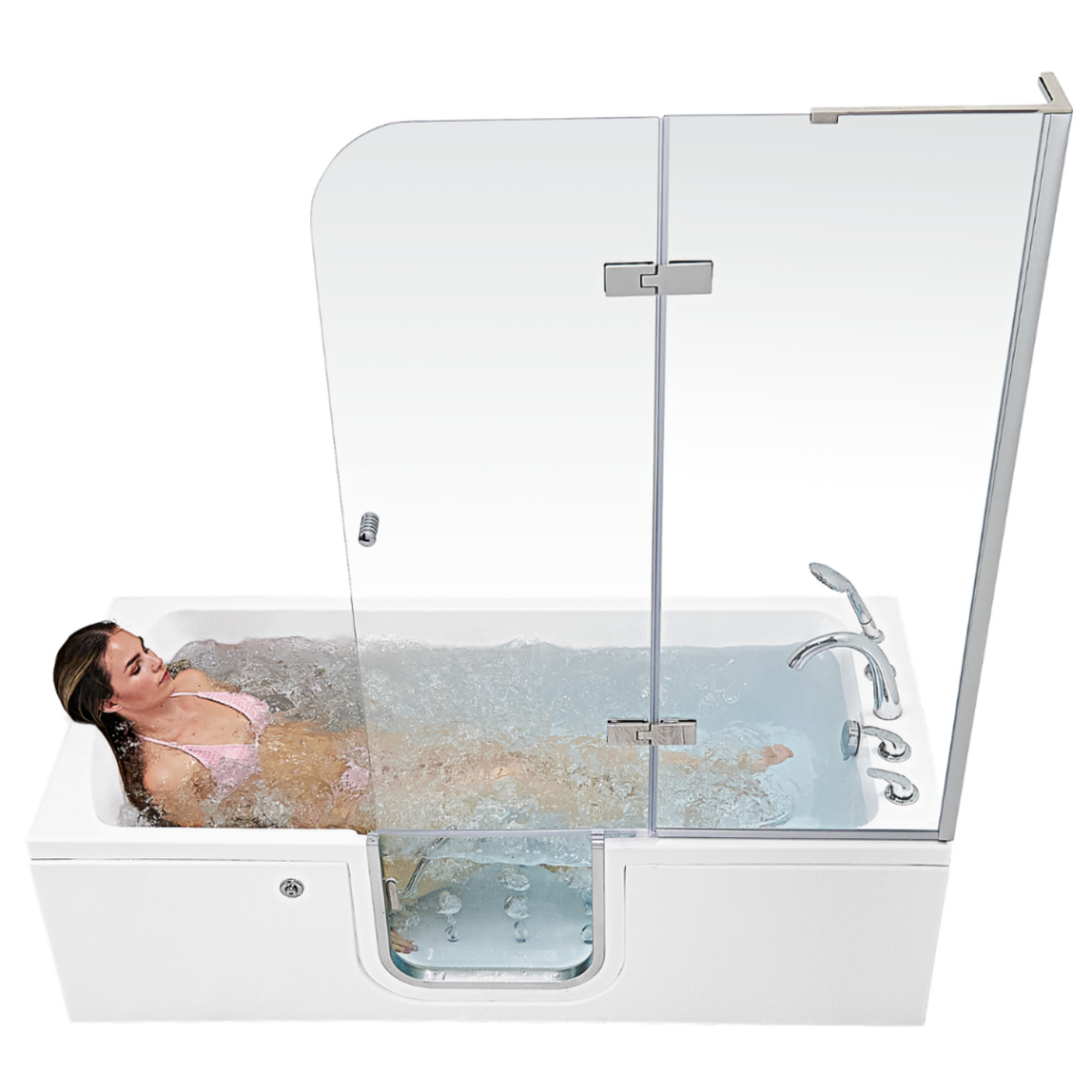

Bathroom Accessories
How High Should You Fill A Bathtub
Modified: October 18, 2024
Discover the ideal water level for your bathtub with our expert guide. Find the perfect bathroom accessories for a relaxing soak.
(Many of the links in this article redirect to a specific reviewed product. Your purchase of these products through affiliate links helps to generate commission for Storables.com, at no extra cost. Learn more)
Introduction
When it comes to taking a relaxing soak in the bathtub, one common question that often arises is, "How high should you fill a bathtub?" The answer to this seemingly simple question can vary based on several factors, including water conservation, comfort and relaxation, and safety concerns. Understanding these factors can help you make an informed decision about the ideal water level for your bathing experience. Let's delve into each of these aspects to gain a comprehensive understanding of the considerations involved in determining the optimal bathtub water level.
Key Takeaways:
- Find your perfect bath level by considering your tub size, personal preference, and environmental impact. Balance comfort and water conservation for a satisfying soak.
- Stay safe and relaxed by adjusting your bathwater level. Consider safety concerns, such as slipping and overflow, while prioritizing comfort and relaxation.
Read more: How Long To Fill A Bathtub
Factors to Consider
When determining the appropriate water level for your bathtub, several factors come into play. Understanding and considering these factors can help you make an informed decision that aligns with your preferences and priorities.
Bathtub Size and Capacity
The size and capacity of your bathtub are crucial factors to consider when deciding how high to fill it. Larger tubs can accommodate more water, providing a deeper soaking experience, while smaller tubs may require less water to reach a comfortable level. It's essential to be mindful of your bathtub's dimensions and water-holding capacity to avoid overfilling or underfilling.
Personal Preference
Personal preference plays a significant role in determining the ideal water level for your bath. Some individuals may prefer a deeper soak, while others may find comfort in a shallower water level. Factors such as body size, comfort, and relaxation goals can influence your preference for the water depth in the bathtub. Understanding and honoring your personal preferences can enhance the overall bathing experience.
Water Temperature
The temperature of the bathwater is another crucial consideration when deciding how high to fill a bathtub. Warmer water tends to evaporate more quickly, so filling the tub to a higher level may help maintain a comfortable temperature throughout the duration of your soak. Conversely, if you prefer a cooler bath, you may opt for a lower water level to prevent the water from feeling excessively warm.
Read more: How Long Should You Sit In The Bathtub?
Environmental Impact
Considering the environmental impact of water usage is essential when determining the appropriate bathtub water level. Filling the tub to a lower level can contribute to water conservation efforts, reducing overall water consumption. Being mindful of the environmental implications and striving to strike a balance between personal comfort and conservation can lead to more sustainable bathing practices.
Accessibility and Mobility
For individuals with mobility challenges or disabilities, the water level in the bathtub can significantly impact their bathing experience. Ensuring that the water level allows for safe and comfortable entry and exit from the tub is crucial. Additionally, maintaining a manageable water level can contribute to a more accessible and inclusive bathing environment for individuals with diverse mobility needs.
Aesthetic and Functional Considerations
Beyond personal comfort, the aesthetic and functional aspects of the bathing experience should also be taken into account. Some individuals may prioritize a visually appealing water level that complements the design of the bathtub, while others may focus on achieving an optimal water depth for specific bathing rituals or therapeutic purposes. Balancing aesthetic and functional considerations can lead to a more satisfying and personalized bathing experience.
Considering these factors can guide you in determining the ideal water level for your bathtub, aligning with your preferences, practical needs, and environmental consciousness. By taking a thoughtful approach to this decision, you can optimize your bathing experience while being mindful of various considerations that contribute to a well-rounded and enjoyable soak.
Water Conservation
Water conservation is a critical consideration when determining the appropriate water level for filling a bathtub. With growing awareness of environmental sustainability, individuals are increasingly mindful of their water usage, particularly in the context of daily activities such as bathing. By optimizing the water level in the bathtub, it is possible to contribute to water conservation efforts without compromising the quality of the bathing experience.
Filling the bathtub to a lower level can significantly reduce water consumption during each bath. This simple yet impactful adjustment aligns with broader conservation initiatives aimed at preserving this precious natural resource. By consciously limiting the amount of water used for bathing, individuals can play a part in mitigating water scarcity and promoting responsible water management practices.
Moreover, reducing water usage in the context of bathing can lead to tangible environmental benefits. Conserving water directly contributes to energy savings, as less water needs to be heated for each bath. This, in turn, reduces the energy consumption associated with water heating, aligning with broader efforts to minimize the ecological footprint of daily activities.
In addition to the environmental advantages, water conservation in the context of bathing can also result in cost savings for individuals and households. By using less water for each bath, individuals can lower their water bills while simultaneously contributing to sustainable water usage practices. This dual benefit underscores the practical and financial incentives associated with mindful water conservation in the home.
Implementing water conservation measures in the context of bathing extends beyond simply reducing the water level in the bathtub. It also encompasses the adoption of water-efficient fixtures and technologies that promote responsible water usage. From low-flow faucets to water-saving showerheads, integrating these features into the bathroom environment can further enhance water conservation efforts, complementing the conscious decision to limit the water level in the bathtub.
By embracing water conservation as an integral aspect of the bathing routine, individuals can cultivate a sense of environmental stewardship while enjoying the benefits of resource-efficient practices. This mindful approach to water usage not only contributes to broader conservation goals but also fosters a sense of responsibility and awareness regarding the impact of daily activities on the environment.
In essence, water conservation in the context of filling a bathtub is a meaningful and actionable step toward sustainable living. By conscientiously adjusting the water level and embracing water-saving technologies, individuals can actively participate in the collective endeavor to preserve and protect the planet's water resources for future generations.
Comfort and Relaxation
When it comes to indulging in a rejuvenating bath, the interplay of water level and its impact on comfort and relaxation is paramount. The ideal water level in a bathtub can significantly influence the overall bathing experience, contributing to both physical and mental relaxation.
Adequate water depth in the bathtub plays a pivotal role in promoting relaxation. The sensation of buoyancy created by the water can alleviate pressure on the body, providing a soothing effect that eases muscle tension and promotes a sense of weightlessness. This buoyant support can enhance the overall comfort of the bathing experience, allowing individuals to unwind and release the stresses of the day.
Moreover, the depth of the water can influence the distribution of body weight, contributing to a feeling of enveloping comfort. As the body settles into the water, the sensation of being cradled by the gentle embrace of the bath can evoke a profound sense of relaxation, fostering a tranquil and serene ambiance that encourages mental unwinding.
In addition to physical comfort, the water level in the bathtub can impact the immersive nature of the bathing experience. A deeper water level can create a more encompassing sensation, enveloping the body in a cocoon of warmth and tranquility. This enveloping effect can enhance the overall sensory experience, allowing individuals to immerse themselves fully in the soothing embrace of the bath, promoting a deeper state of relaxation.
Furthermore, the water level can influence the thermal experience of the bath, particularly in relation to the body's exposure to the water's surface. A higher water level can provide greater coverage, allowing for more effective heat retention and a prolonged sensation of warmth. This sustained warmth can contribute to a heightened sense of comfort, enabling individuals to luxuriate in the soothing embrace of the bath for an extended period, amplifying the relaxation benefits.
Ultimately, the optimal water level in the bathtub is a deeply personal consideration, shaped by individual preferences, physical comfort, and the pursuit of relaxation. By carefully calibrating the water level to align with one's comfort and relaxation goals, individuals can tailor their bathing experience to create a tranquil sanctuary that nurtures both the body and the mind, fostering a profound sense of rejuvenation and well-being.
Safety Concerns
Safety considerations are paramount when determining the appropriate water level for filling a bathtub. While indulging in a relaxing bath, it is crucial to prioritize safety to mitigate potential risks and ensure a secure bathing experience.
One of the primary safety concerns related to bathtub water level is the risk of slipping or submerging. When the water level is too high, there is an increased likelihood of slipping upon entry or exit from the bathtub. Additionally, excessive water depth can pose a drowning hazard, particularly for individuals with limited mobility or those who may experience difficulty in maintaining a stable position in the water. By carefully regulating the water level, individuals can mitigate these risks and create a safer bathing environment.
Furthermore, the impact of water displacement on the bathtub's capacity should be considered to prevent overflow. Filling the bathtub beyond its recommended capacity can lead to water spillover, potentially causing slippery floors and creating a hazardous situation. By adhering to the bathtub's designated capacity and avoiding overfilling, individuals can minimize the risk of accidental spills and maintain a safe bathing space.
In households with young children or pets, ensuring a safe water level is especially critical. Children and pets may be more susceptible to accidental submersion or slipping in the bathtub, emphasizing the importance of maintaining a shallow and secure water level. Implementing safety measures such as non-slip mats and closely supervising young bathers can further enhance the safety of the bathing environment.
Moreover, individuals with certain medical conditions or physical limitations may require specific water levels to ensure their safety and comfort. Tailoring the water level to accommodate individual needs, such as providing adequate support and stability, is essential for promoting a secure and accessible bathing experience for all individuals.
By conscientiously addressing safety concerns and adjusting the water level accordingly, individuals can create a secure and tranquil bathing environment that prioritizes well-being and minimizes potential risks. Embracing safety-conscious practices in determining the bathtub water level fosters a sense of reassurance and confidence, allowing individuals to fully immerse themselves in a relaxing bath without compromising their safety.
In essence, safety concerns related to bathtub water level underscore the significance of maintaining a careful balance between comfort and security, ensuring that the bathing experience remains a source of relaxation and rejuvenation while upholding essential safety standards.
Conclusion
In conclusion, the question of how high to fill a bathtub encompasses a multifaceted consideration that extends beyond mere water depth. By delving into the factors that influence this decision, including bathtub size, personal preference, water temperature, environmental impact, accessibility, and aesthetic and functional considerations, individuals can make informed choices that align with their unique needs and values.
The balance between water conservation and comfort is a key theme that emerges from this exploration. By conscientiously adjusting the water level, individuals can contribute to broader water conservation efforts while still enjoying a luxurious and rejuvenating bathing experience. This mindful approach reflects a commitment to environmental sustainability without compromising personal well-being.
Furthermore, the interplay of water level and safety underscores the importance of creating a secure bathing environment. By considering safety concerns and implementing appropriate measures, individuals can cultivate a sense of reassurance and confidence, allowing them to fully immerse themselves in a relaxing bath without compromising their well-being.
Ultimately, the ideal water level for filling a bathtub is a deeply personal decision, shaped by individual preferences, practical considerations, and a commitment to environmental and safety consciousness. By embracing a thoughtful and holistic approach to this aspect of the bathing experience, individuals can optimize their well-being, contribute to sustainable practices, and create a tranquil sanctuary within their own homes.
In essence, the question of how high to fill a bathtub serves as a reminder of the interconnectedness of personal comfort, environmental responsibility, and safety considerations. By navigating these considerations with mindfulness and intention, individuals can transform their bathing routine into a harmonious blend of relaxation, sustainability, and security, enriching their daily lives while contributing to a more conscientious and caring relationship with the environment.
Frequently Asked Questions about How High Should You Fill A Bathtub
Was this page helpful?
At Storables.com, we guarantee accurate and reliable information. Our content, validated by Expert Board Contributors, is crafted following stringent Editorial Policies. We're committed to providing you with well-researched, expert-backed insights for all your informational needs.
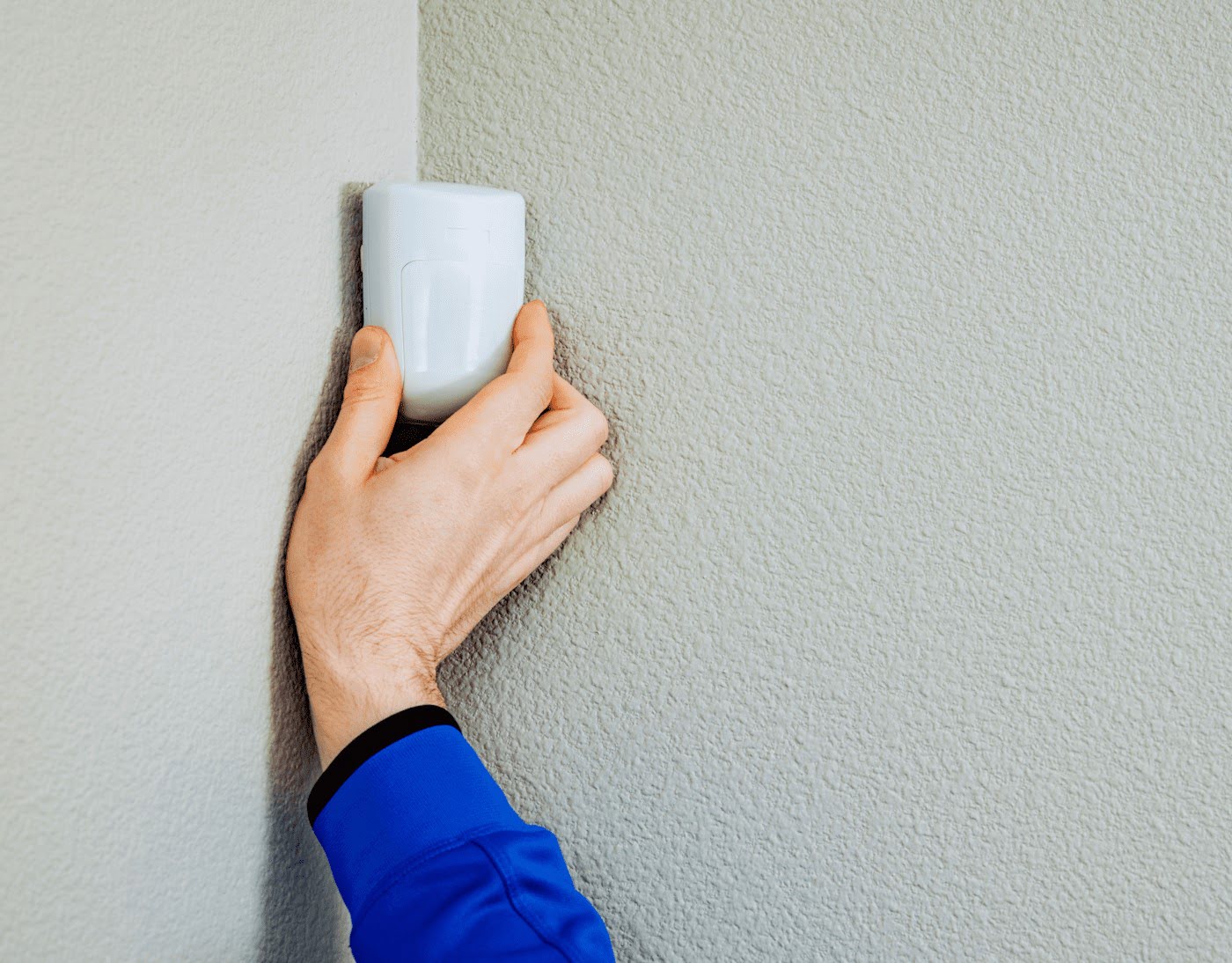

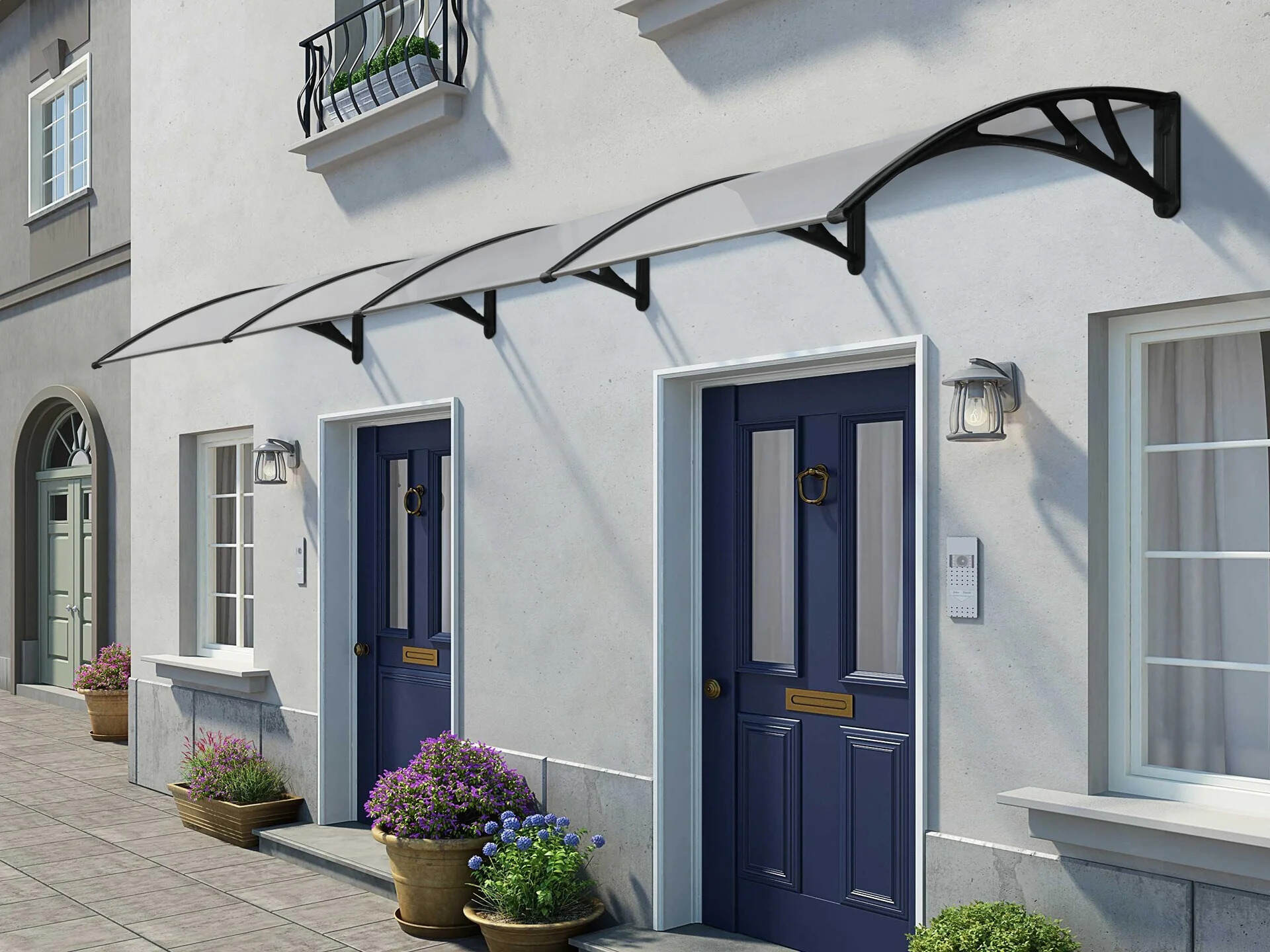
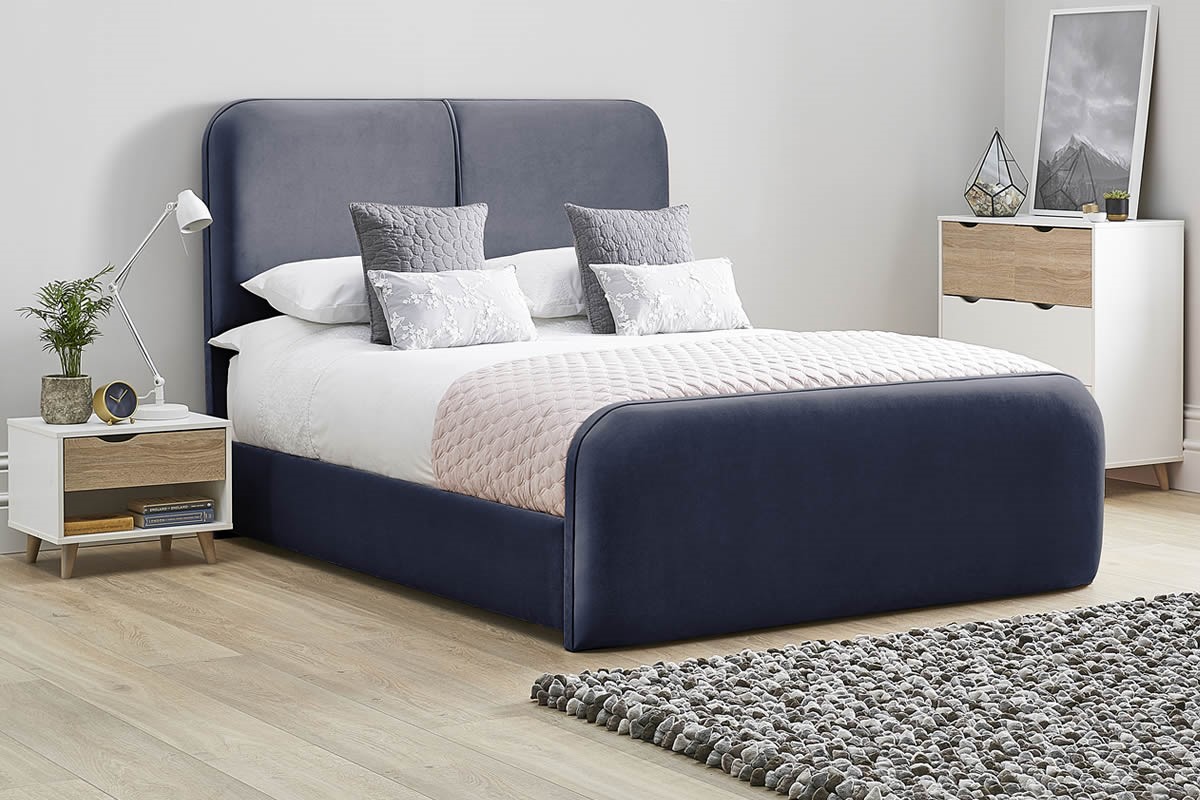
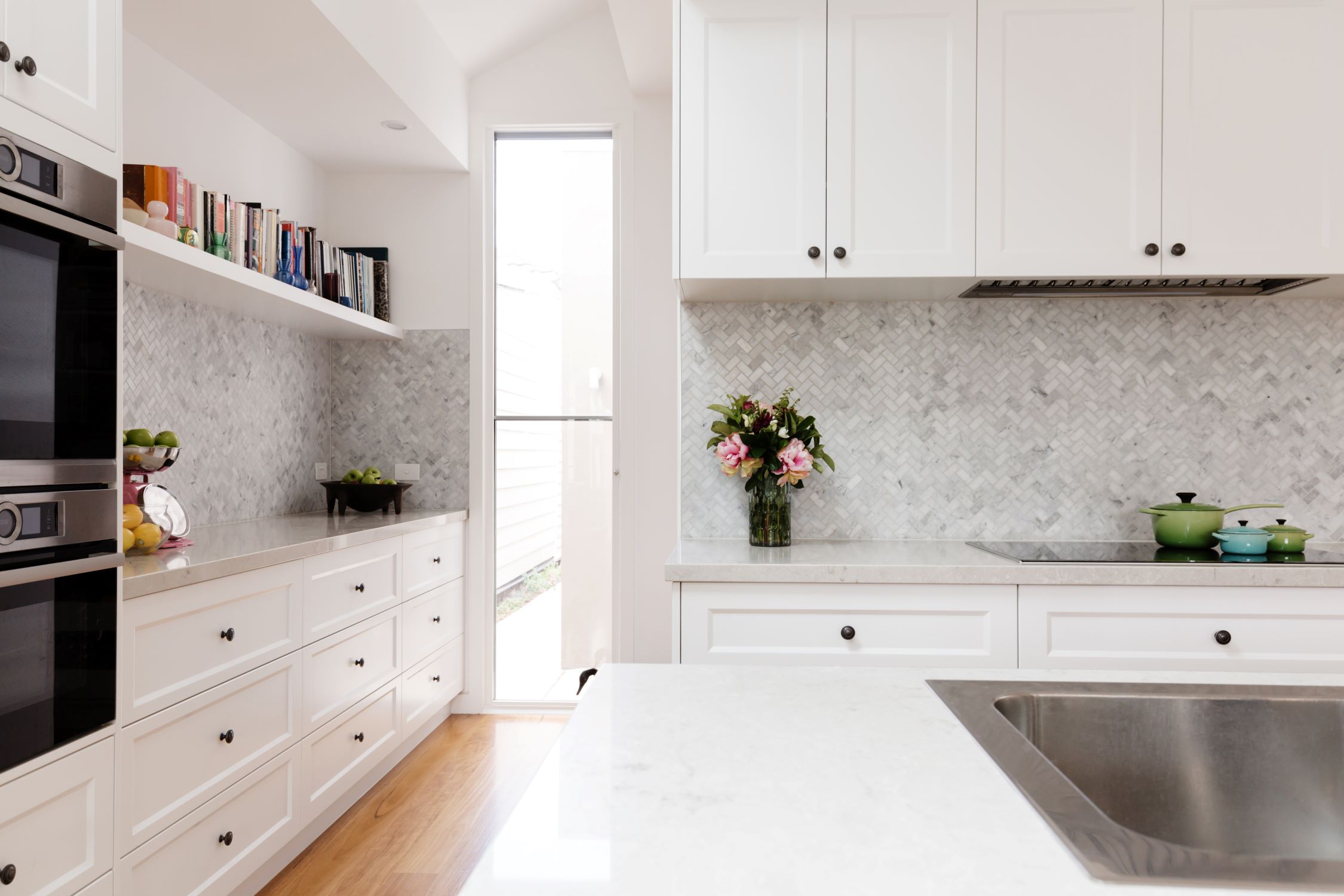
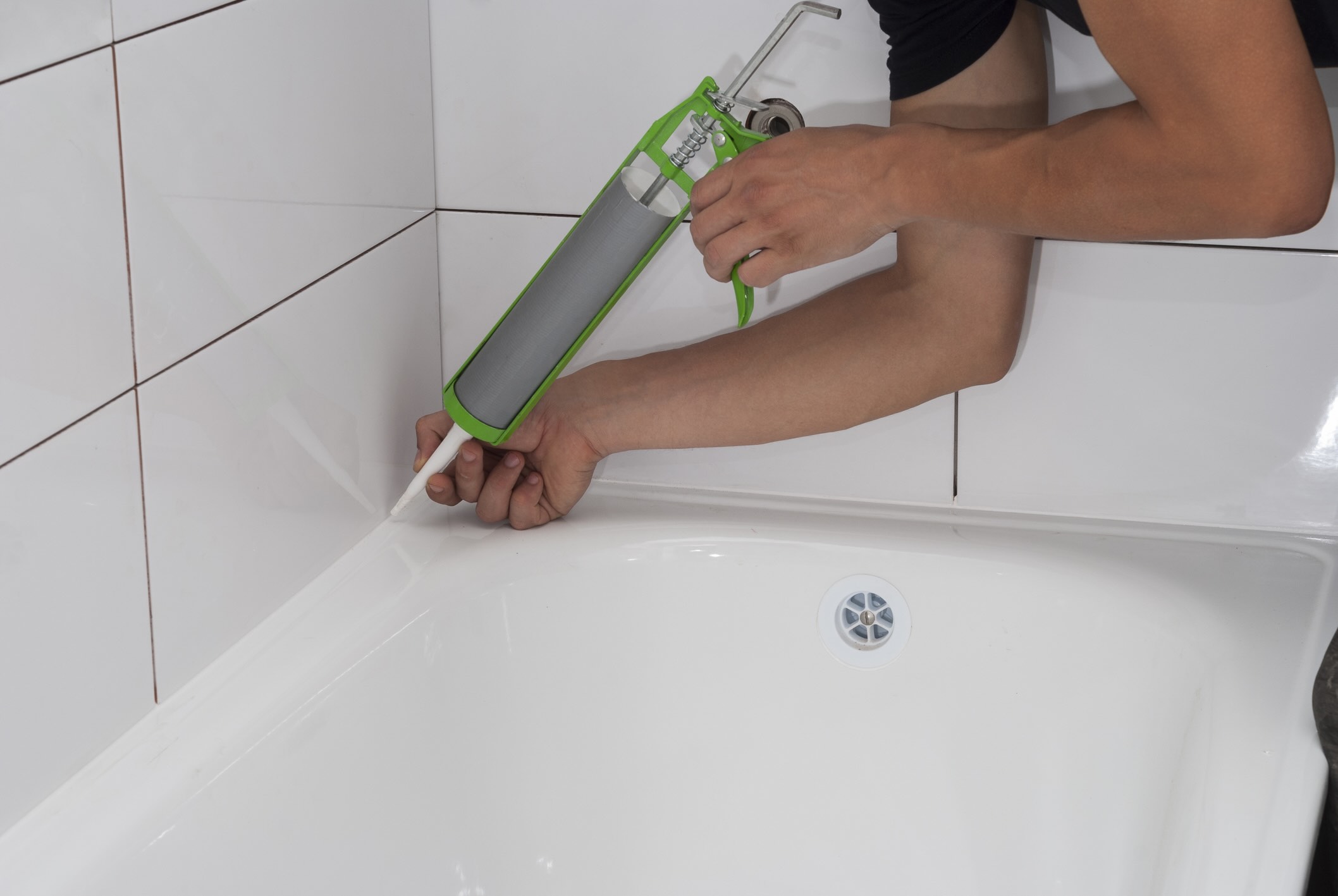
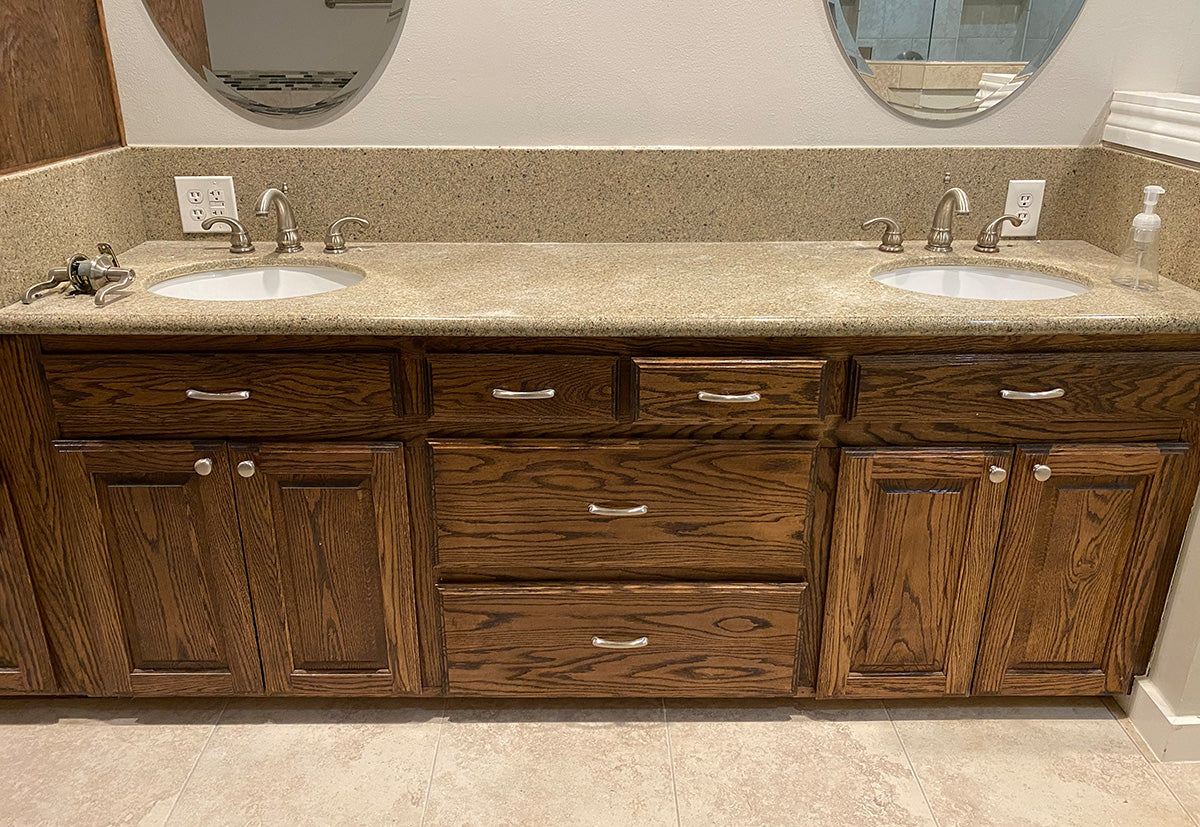

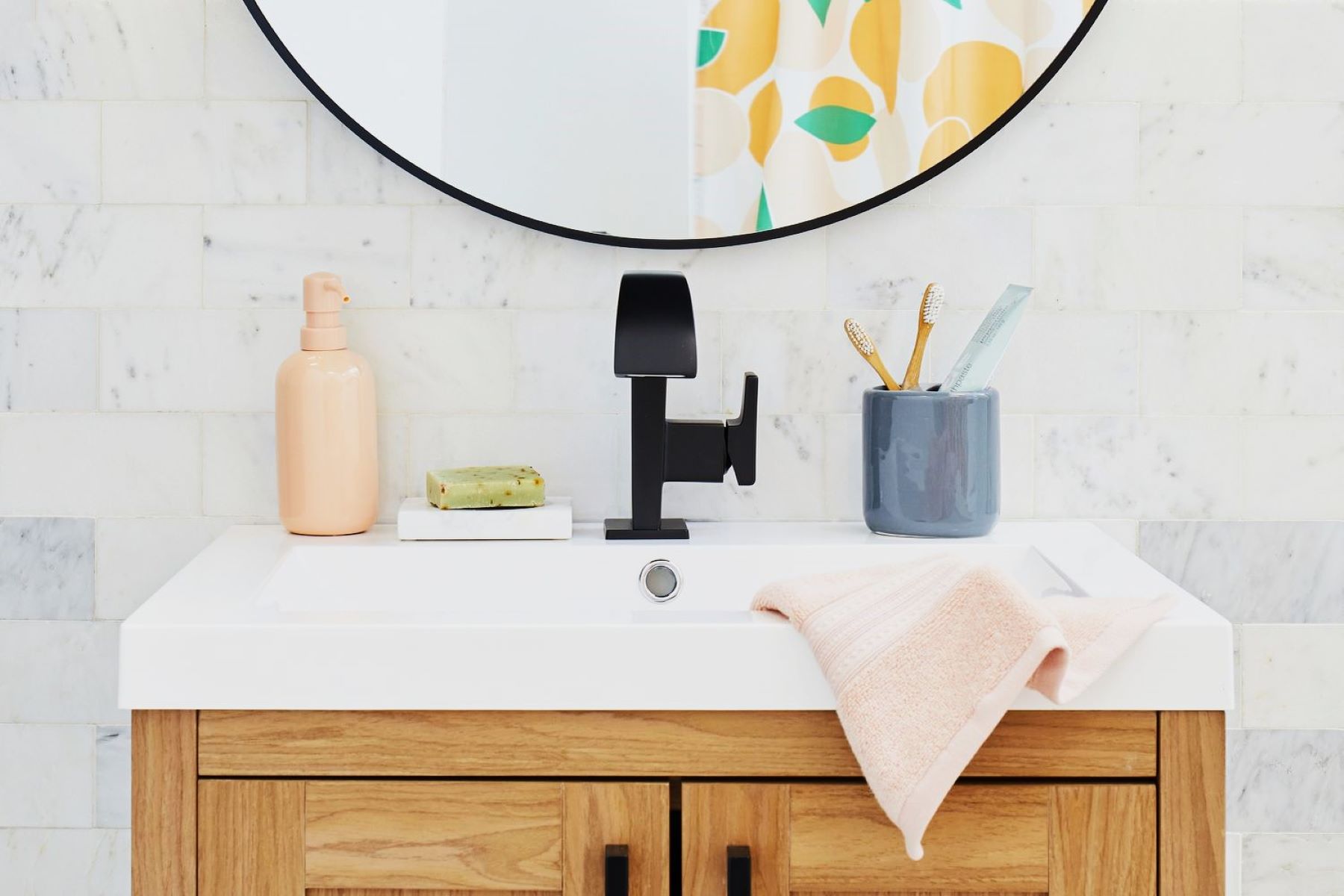


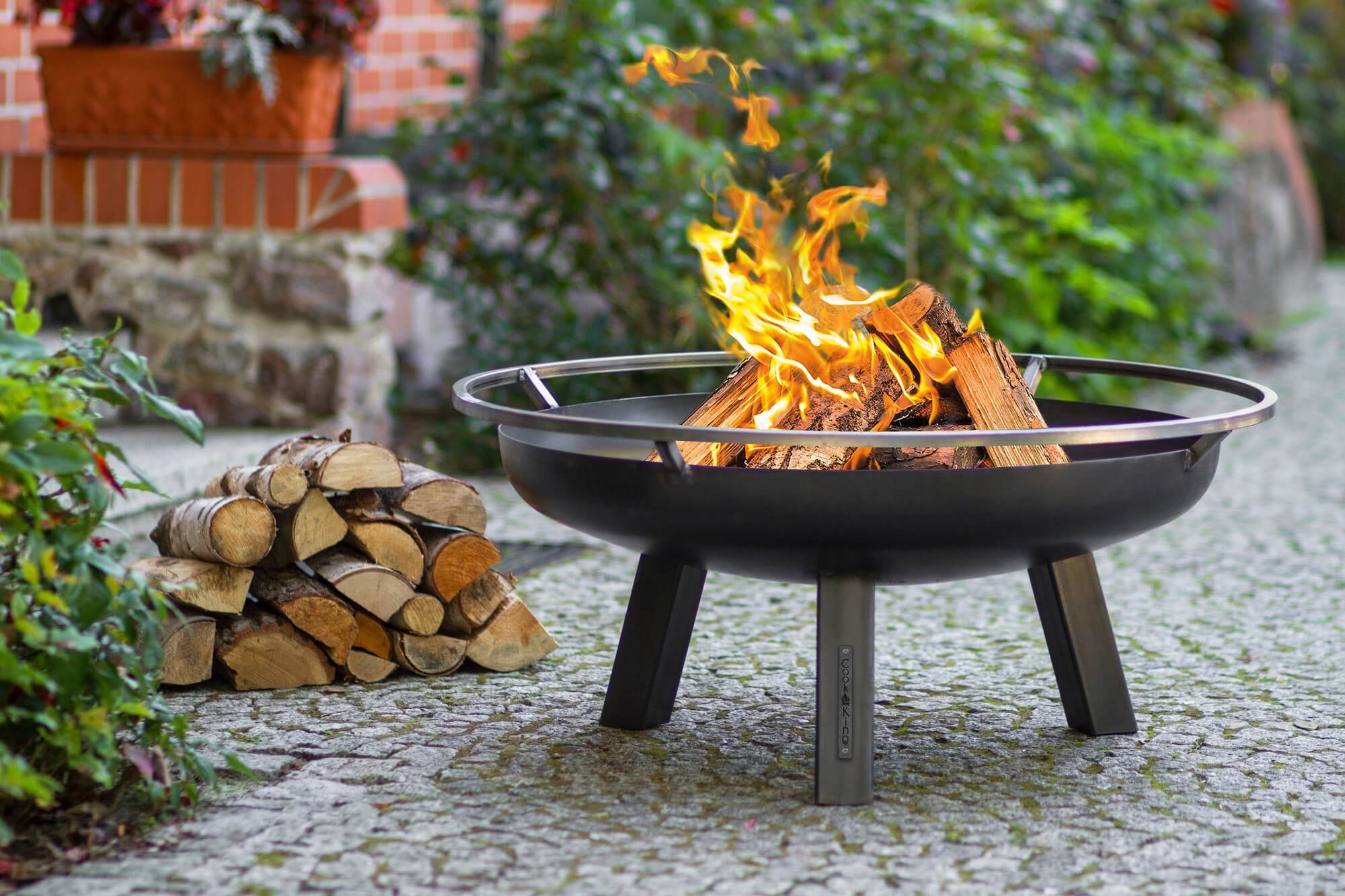
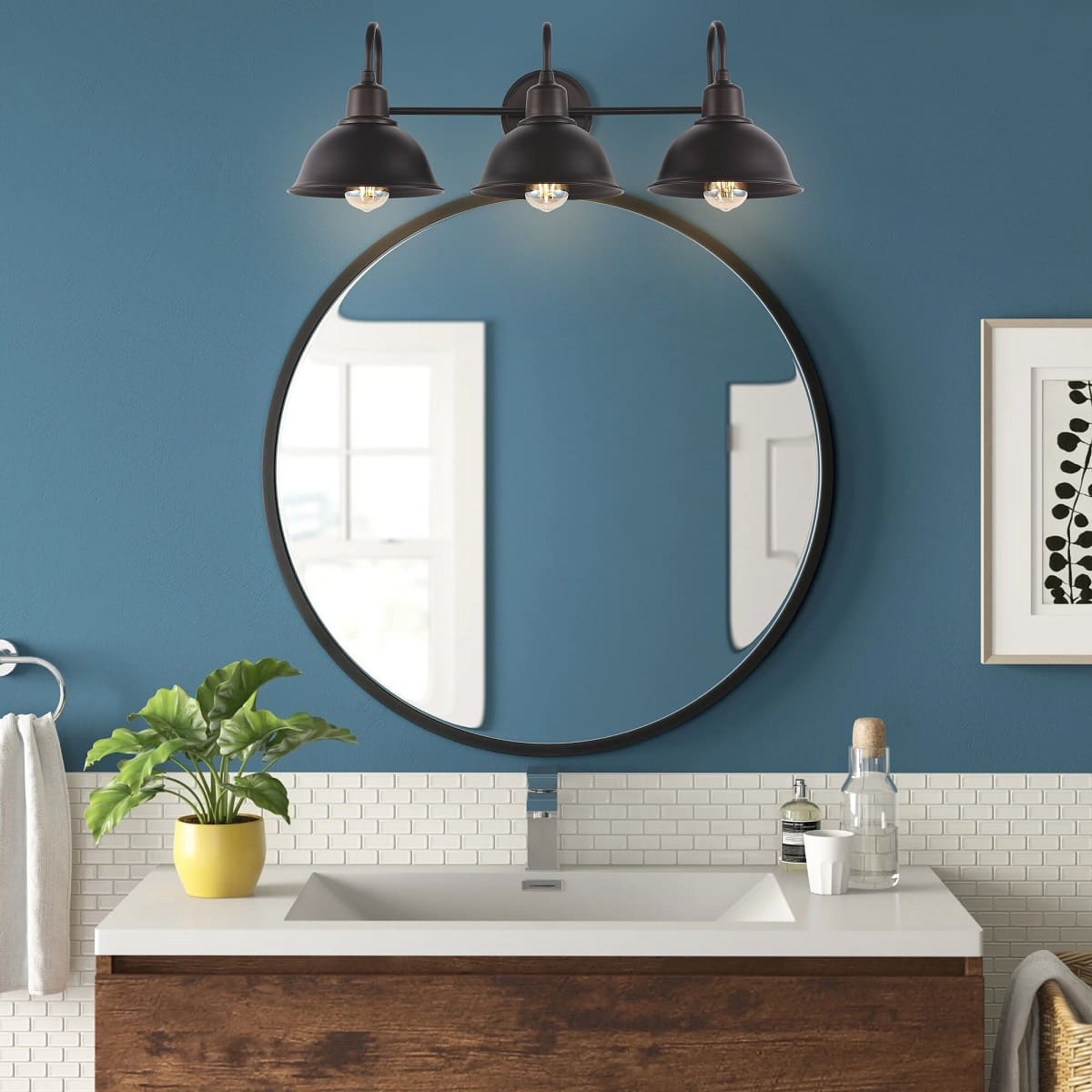

0 thoughts on “How High Should You Fill A Bathtub”